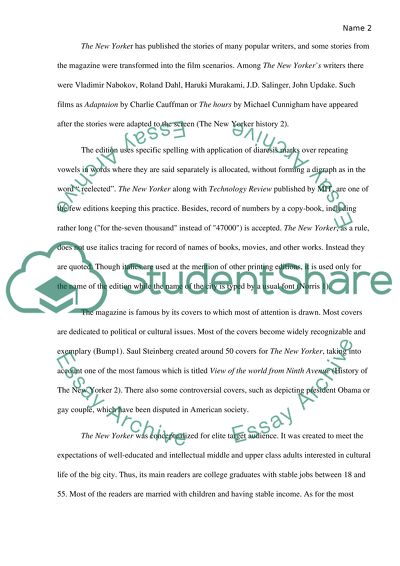Cite this document
(“Digitalized New Yorker Research Paper Example | Topics and Well Written Essays - 1750 words”, n.d.)
Retrieved from https://studentshare.org/english/1645455-digitalized-new-yorker
Retrieved from https://studentshare.org/english/1645455-digitalized-new-yorker
(Digitalized New Yorker Research Paper Example | Topics and Well Written Essays - 1750 Words)
https://studentshare.org/english/1645455-digitalized-new-yorker.
https://studentshare.org/english/1645455-digitalized-new-yorker.
“Digitalized New Yorker Research Paper Example | Topics and Well Written Essays - 1750 Words”, n.d. https://studentshare.org/english/1645455-digitalized-new-yorker.


